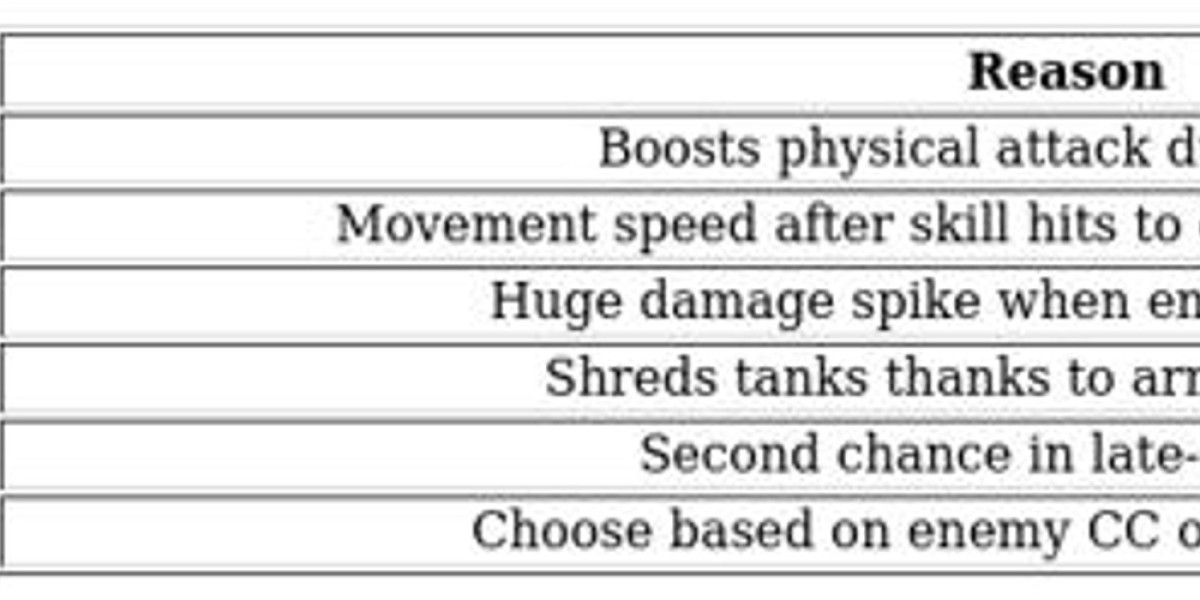The Integrated Microwave Assembly Industry is at the forefront of modern communication technology, offering compact, high-frequency assemblies that enhance performance across aerospace, defense, and telecommunication sectors. These integrated solutions combine multiple microwave components into a single unit, improving signal integrity, reducing size, and increasing operational efficiency. With the growing demand for miniaturized and high-performance RF modules and microwave circuits, this industry is witnessing robust growth driven by advanced communication needs worldwide.
Driving Factors in the Industry
The surge in advanced radar systems, satellite communication, and 5G infrastructure is fueling the need for communication hardware that is reliable and compact. Integrated microwave assemblies (IMAs) enable high-frequency signal transmission while maintaining low power consumption, which is crucial in aerospace and defense applications. The demand for compact microwave assemblies is particularly notable in unmanned aerial vehicles (UAVs), missile systems, and satellite payloads, where space and weight constraints are critical.
Technological Advancements and Market Opportunities
Recent innovations in high-frequency assembly technology have led to smaller, more efficient, and higher-performing units capable of operating at higher frequencies with minimal signal loss. These advancements are opening new avenues in applications such as secure military communications, advanced radar systems, and commercial telecommunications. IMAs integrate components like filters, amplifiers, and multiplexers, ensuring seamless performance across complex microwave systems.
Regions like Europe and North America are witnessing growth in surveillance and sensor-based applications. For example, the Electronic Article Surveillance System Market relies on high-performance microwave assemblies for real-time monitoring and signal processing, while the UK Mid Wave Infrared (MWIR) Sensors Market leverages advanced IMAs in high-precision sensing and imaging systems.
Future Outlook
The Integrated Microwave Assembly Industry is poised for significant expansion as global communication networks evolve and defense systems modernize. The push for RF modules with higher integration, lower noise, and better thermal management ensures that IMAs will remain central to technological progress. As satellite communication, autonomous systems, and high-frequency radar continue to advance, the demand for compact, efficient, and high-performing microwave assemblies will only intensify.
FAQs
1. What is an Integrated Microwave Assembly (IMA)?
An IMA is a compact assembly that integrates multiple microwave components into a single unit, improving performance, reducing size, and enhancing signal integrity for high-frequency applications.
2. Which sectors benefit the most from IMAs?
Aerospace, defense, telecommunication, and advanced sensor industries benefit significantly from IMAs due to their need for reliable, high-frequency communication solutions.
3. What are the key trends in the Integrated Microwave Assembly Industry?
Key trends include miniaturization of components, higher frequency operations, integration with RF modules, and expanding applications in UAVs, radar, and satellite systems.









